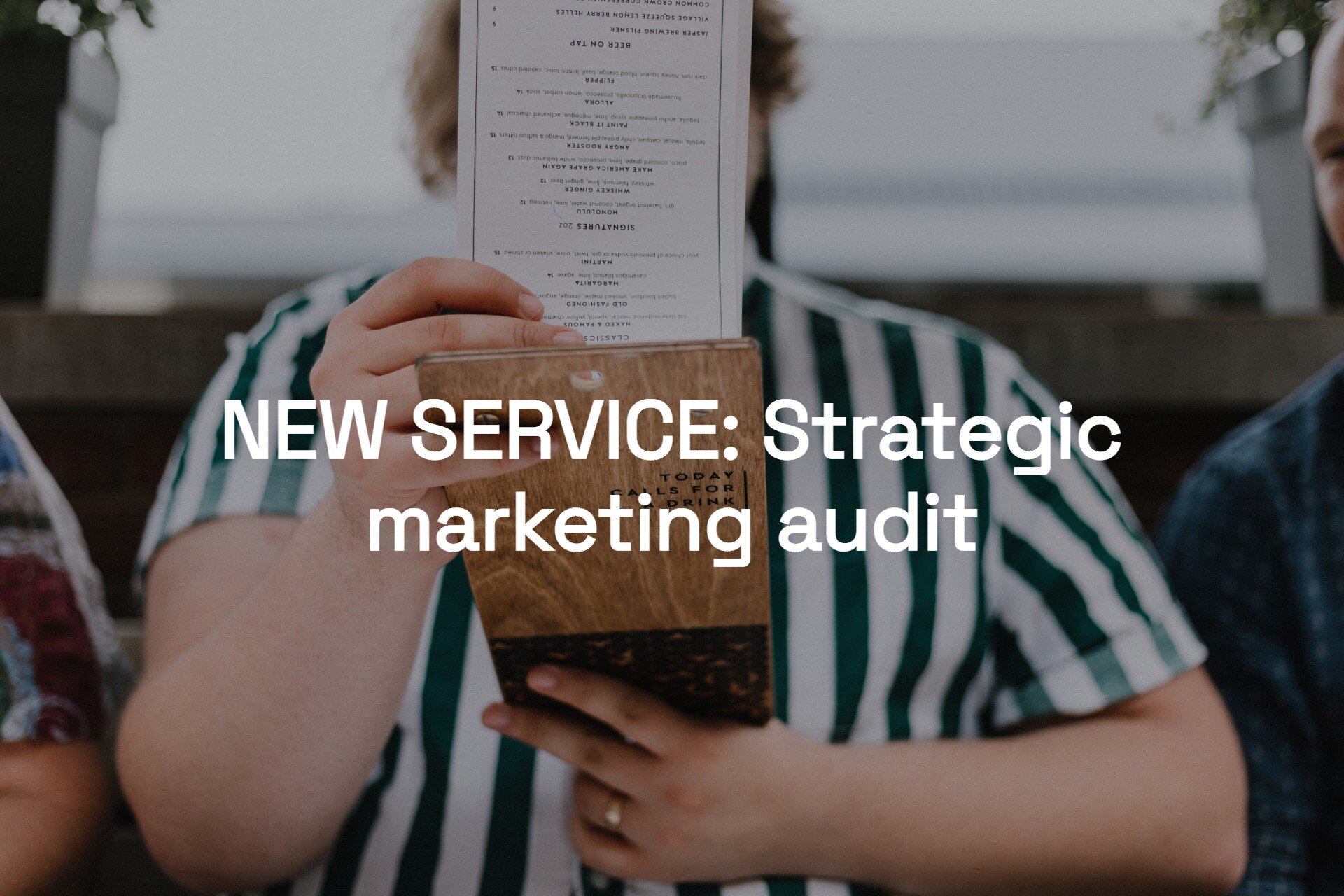7 marketing tricks that will work in 2021 (and any other time)
Every good futurologist marketer loves to read about marketing trends that will rock the industry in the current year – and 2021 is no exception. However, this excitement for “changism” often blurs the professional vision of what a century of marketing already taught us and proved it via numerous research studies.
Let’s get a break from what is new and coming (and almost most certainly won’t help your business prosper in the long run by itself) and review the most essential tasks that every good marketer needs to know to future-proof the business they represent. Contrary to popular belief, consumer behavior does not change that quickly as some marketers claim, so feel free to indulge in reading this list of 7 marketing tricks that will most certainly work in 2021 (and any other time):
1) Get a market orientation
How many times in the past year did you talk to your customers as a marketer? Get out to the field and listen to them – start doing qualitative research using interviews or ethnography to get hypotheses and test them in quantitative research via surveys or experiments.
Never trust a marketer that tells you “they know what customers want” without proving it with evidence. I have seen this myself – a CEO of a start-up was convinced that most of their customers come from a sexy segment A and directed all the communication in this direction based on his belief. We ran solid market research to get some evidence and use it for building a strategy. Research results revealed that Segment A constituted only a small fraction of the start-up´s customer base. We designed the strategy around less sexy segment B and saw a 70% increase in paying customers in one year.
2) Start doing the math
According to the IPA Databank, setting clear business goals can boost your marketing effectiveness by fourfold. Start planning the year in your marketing department by calculating marketing objectives (e.g., number of customers) backward from the business objectives (sales or market share). Then, even a basic marketing funnel (awareness – consideration – purchase) will help you understand how many people do you need to have in each of the funnel steps.
Using conversion rates between the steps, you can estimate what number of people do need to be aware of your brand at the end of the year to get to the revenue objective. Do the quick math – do you have enough budget to reach them? If not, you can either ask your CFO for more budget or use different levers – trying to improve conversion rates between funnel steps to increase the number of people flowing down the funnel.
3) Stop using buzzwords
Recently, an article with the most hellish list of “42 digital marketing trends you can’t ignore in 2021” popped up in my feed. It contained a ton of hoo-ha about AI, blockchain, AR, user-generated content, and chatbots and I couldn’t believe this is served to business owners as a remedy to their lack of marketing essentials knowledge.
Marketers need to stop masking incompetence by using words with no real meaning (or a use case for marketing) and start using plain “revenue” or “customers” as a reference point for their work. Otherwise, you might end up with humaning as your marketing strategy.
4) Aim for a large reach
Do you want your brand and sales to grow in the long term? Start planning your campaigns with a focus on large reach. The data from numerous research studies show that the largest business effects for companies were achieved when their campaigns targeted the whole category of buyers (both new customers and existing ones).
This concept (stressed more than a decade ago by Byron Sharp) was proven by a research of marketing heavyweights Les Binet and Peter Field. Effects of different campaign targeting differ significantly:
Broad-reach campaigns that target the whole market are best for market share growth
5) Start to re-think discounts you give away
Discounts are a double-edged sword. There is a limited number of instances where they are helpful such as when a brand enters a new market (penetration pricing), introducing a new product, and encouraging customers to try it out or with impulse purchases.
However, in most of the cases, they hurt profits – many of these discount purchases are just future buys happening earlier or sales that cannibalize another distribution channel with no sales promotion. They also damage the brand image and loyalty and increase price sensitivity.
It may be tempting (and I confirm this from my own experience!) to boost your short-term sales, but the tragic sales dump that comes after the promotion is not worth it. And the scariest part? Every single sales promotion you do increases the value of your future discount code you need to give away to get people to use it. And you probably know where this leads to.
6) Accept that love brands do not exist
According to British anthropologist Robin Dunbar, there is a limited number of social relationships our brains can maintain. This quantity is defined as 150 and is called Dunbar’s number. This fact alone proves that humans do not possess enough brainpower to manage relationships with brands (unless you would like to get rid of a couple of your friends and willingly replace them with faceless corporations). Many studies also confirmed this – people do not talk about brands (except for marketers). So how should brands actually work?
The entire point of brand building is to create high “mental availability” – a mental shortcut in a consumer's brain that helps their subconscious “system 1 thinking” decide for them. “Stronger” brands create a weak connection in consumer´s brains so they can have an automatic preference for them. Smart and effective brand building is supposed to lead consumers to purchase a product without thinking about what brand to choose.
7) Start consuming useful marketing resources
Do you want to help your company prosper in the long-term? Get yourself some good reading and listening! My recommendation would start with a great How not to plan: 66 ways to screw it up by Les Binet and Sarah Carter (an amazing and very readable guide to marketing planning with plenty of practical pieces of advice). Les Binet with Peter Field also wrote an eye-opening long-read report “The Long and the Short of It: Balancing Short and Long-Term Marketing Strategies” based on analysis of thousands of campaigns from IPA Databank, which is also a must-read for any senior (or aspirating senior) marketer.
Similar high-value publications include Thinking, Fast and Slow by Daniel Kahneman, How brands grow by Byron Sharp, literally anything by Dan Ariely, or Advertising for skeptics by Bob Hoffman. I will also list Hitmakers: The Science of Popularity in an Age of Distraction by Derek Thompson (even though it is not marketing literature per se, it helps to understand how certain cultural or business phenomena gain wide popularity and success).
When it comes to audible knowledge, Everyone hates marketers is certainly my go-to marketing podcast; its author, Louis Grenier, does the heavy lifting for the entire industry and successfully debunks marketing myths for several years. His guests are successful senior marketers willing to share their best practices and Louis deftly navigates them to share them in a very tangible way – absolutely worth following!
Other notable marketing characters worth following are undoubtedly Mark Ritson (the most influential former marketing professor, brand consultant and writer in recent years with the sharpest sense of humor and in my view the best currently available marketing course – Marketing Week Mini MBA), Richard Shotton (The Choice Factory author and a founder of behavioral science consultancy Astroten), Julian Cole (strategy consultant) or Tom Fishburne – an author of Marketoonist, a satiric cartoon mocking the marketing industry.
PS: This article was originally planned to include 15 tricks but it was shortened due to the reading time. If you want me to write part 2 of this post, then shoot me a message on LinkedIn!










